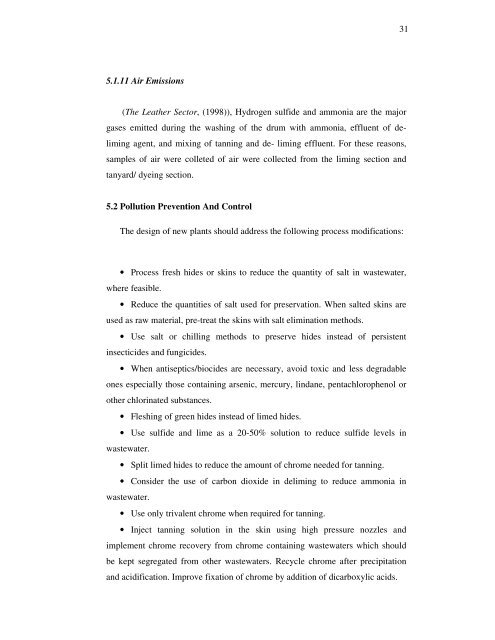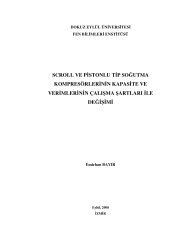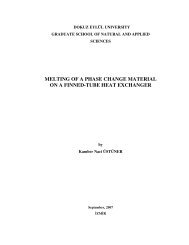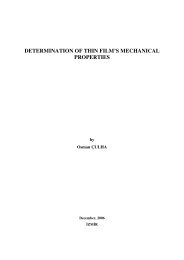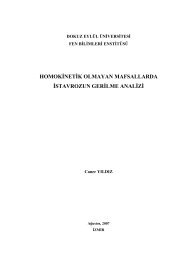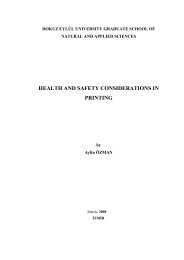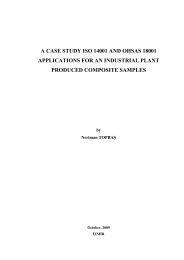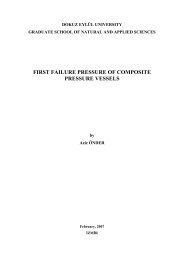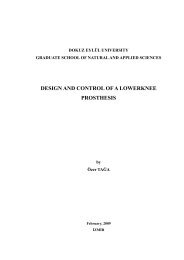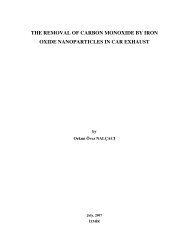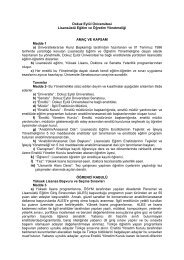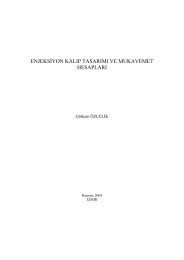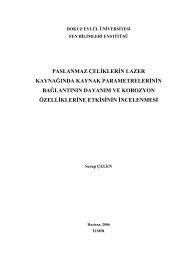WASTE MANAGEMENT IN LEATHER INDUSTRY
WASTE MANAGEMENT IN LEATHER INDUSTRY
WASTE MANAGEMENT IN LEATHER INDUSTRY
You also want an ePaper? Increase the reach of your titles
YUMPU automatically turns print PDFs into web optimized ePapers that Google loves.
31 445.1.11 Air Emissions(The Leather Sector, (1998)), Hydrogen sulfide and ammonia are the majorgases emitted during the washing of the drum with ammonia, effluent of delimingagent, and mixing of tanning and de- liming effluent. For these reasons,samples of air were colleted of air were collected from the liming section andtanyard/ dyeing section.5.2 Pollution Prevention And ControlThe design of new plants should address the following process modifications:• Process fresh hides or skins to reduce the quantity of salt in wastewater,where feasible.• Reduce the quantities of salt used for preservation. When salted skins areused as raw material, pre-treat the skins with salt elimination methods.• Use salt or chilling methods to preserve hides instead of persistentinsecticides and fungicides.• When antiseptics/biocides are necessary, avoid toxic and less degradableones especially those containing arsenic, mercury, lindane, pentachlorophenol orother chlorinated substances.• Fleshing of green hides instead of limed hides.• Use sulfide and lime as a 20-50% solution to reduce sulfide levels inwastewater.• Split limed hides to reduce the amount of chrome needed for tanning.• Consider the use of carbon dioxide in deliming to reduce ammonia inwastewater.• Use only trivalent chrome when required for tanning.• Inject tanning solution in the skin using high pressure nozzles andimplement chrome recovery from chrome containing wastewaters which shouldbe kept segregated from other wastewaters. Recycle chrome after precipitationand acidification. Improve fixation of chrome by addition of dicarboxylic acids.


